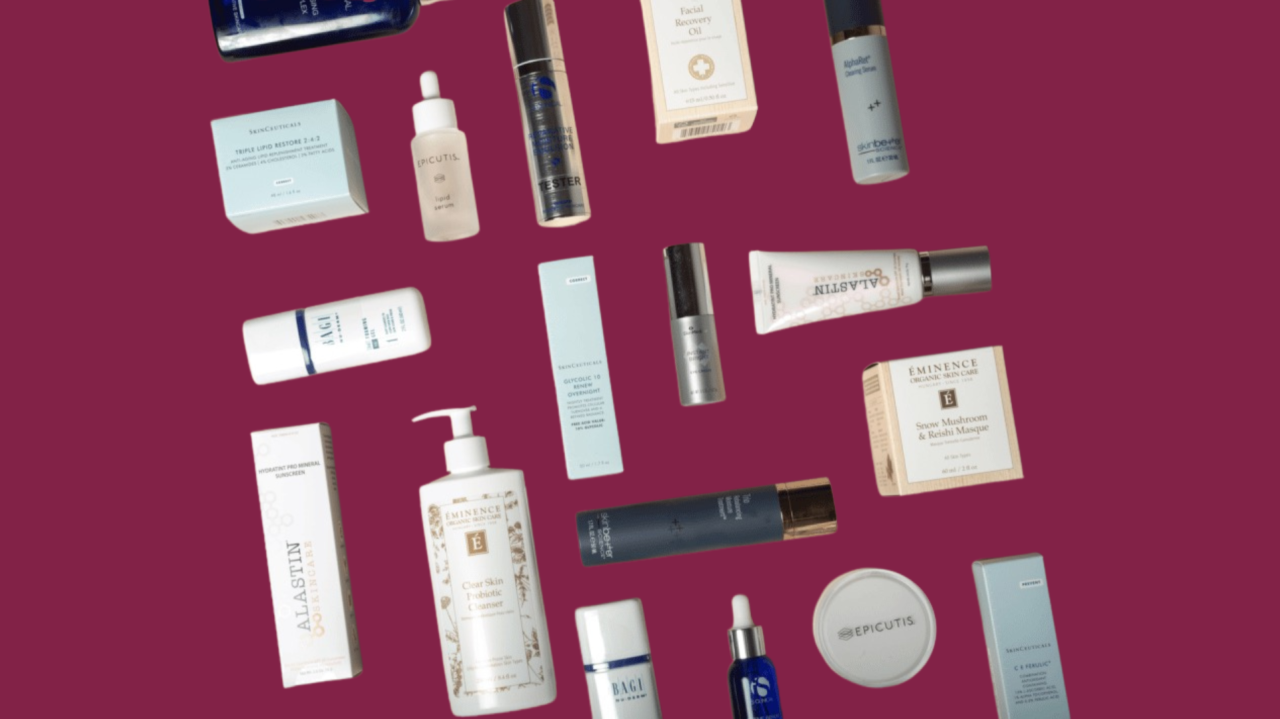Let’s talk antihistamines. Not because they’re thrilling, but because it’s July, and half the UK is sneezing their face off while the other half is drowsy, grumpy and vaguely confused about what they’re allowed to buy at Boots.
So here’s your quickfire, regulator-with-a-heart breakdown of what you need to know about 1st and 2nd generation hayfever meds, and why it actually matters for you as a consumer.
First up: what’s the difference?
First generation antihistamines (like chlorphenamine, the stuff in Piriton) have been around forever. They work well, but they can also cross the blood-brain barrier, which basically means they can mess with your central nervous system. Think drowsiness, sluggish reaction times, and that why-is-my-brain-in-a-fog feeling.
Second generation antihistamines (like loratadine, cetirizine and fexofenadine) are newer, less likely to sedate you, and generally considered safer for things like driving and operating machinery. They’re not totally side-effect free (everyone’s body is different) but they’re a big step up in terms of not knocking you out for the afternoon.
Why does the generation matter from a regulatory perspective?
Because regulators don’t just look at how well something works, they look at risk vs benefit.
First-gen antihistamines used to be the go-to. But now we know more about their sedative effects, regulators are much stricter on how they’re sold and who can buy them. You’ll notice many are now behind the pharmacy counter, not because they’re dangerous per se, but because they require a conversation with the pharmacist. Especially if you’re already on other meds or driving a lot.
Second-gen options are more likely to be available over the counter (OTC) on general sale, especially the branded versions like Clarityn or Benadryl. But even these get reviewed regularly. If patterns of misuse or unexpected side effects start cropping up, regulators like the MHRA (UK) or EMA (Europe) can (and do) restrict access or change the classification.
What should you watch out for?
- “Non-drowsy” isn’t a guarantee. Even second-gen antihistamines can make some people sleepy. Always test them out before driving.
- Interactions matter. If you’re on antidepressants, anti-anxiety meds, or anything affecting your nervous system, tell your pharmacist.
- More isn’t better. Taking double doses “just in case” can be dangerous – especially with first-gen meds. Stick to the label.
- Children and older adults need extra care. Their bodies process drugs differently, and the sedative effects can be much more pronounced.
TL;DR?
First-gen = old school, can knock you out. Second-gen = newer, generally safer, but you’ll still need to chat to your pharmacist.
As a consumer, you don’t need to be a pharmacist. But you do need to be aware that not all hayfever meds are created equal, and that the rules around them exist to protect you, not to make your life difficult.
Ask questions. Read the leaflet. And don’t assume that because it’s “just hayfever” the meds are harmless.
(And yes, even regulators get hayfever. It’s the great pollen-powered equaliser.)


 By admin
By admin
.svg) Jul 11, 2025
Jul 11, 2025







